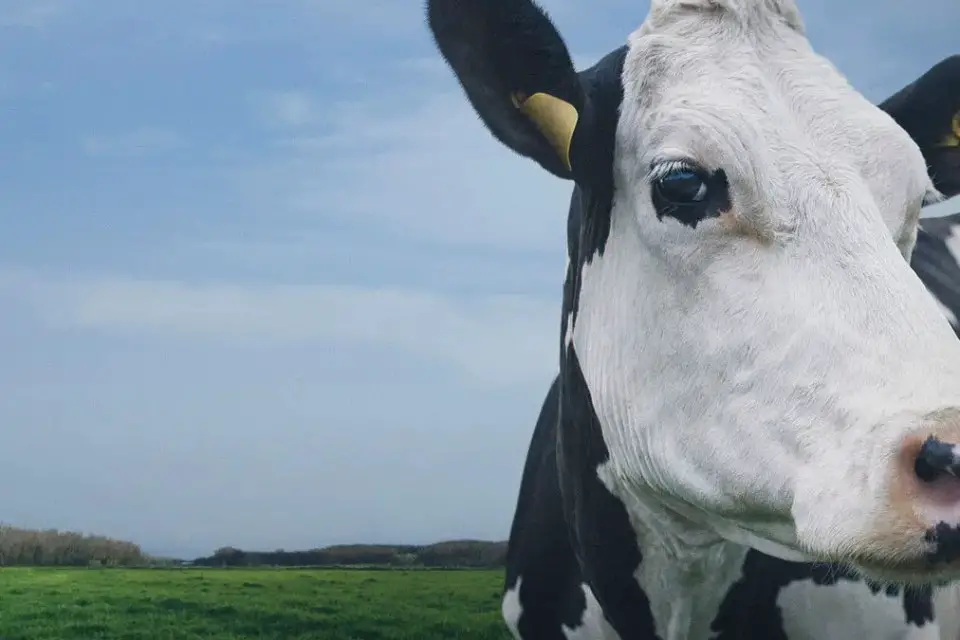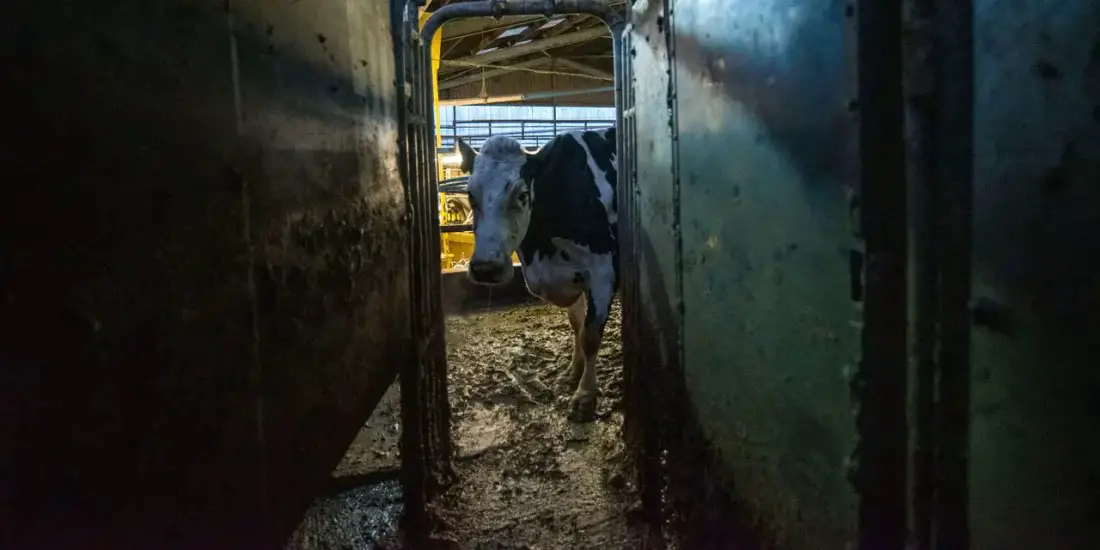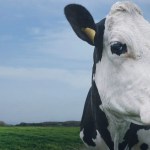‘Cow’ (2022) Review: “Unflinching With Few Words”

British filmmaker Andrea Arnold’s approach to visual storytelling is gripping. It’s particularly intriguing because of how she shoots her features and captures the respective themes of her films: containment or the feeling of confinement, loneliness, and women in desperate circumstances who are fighting for their lives. One technique that adds heft to the subjects that Arnold focuses on is the 4:3 aspect ratio. That tight framing makes us focus on the faces and emotions as well as the smallest details in the background. This is best seen in her 2009 feature Fish Tank; the character is always at the center of her environment, making it feel suffocating– like a prison of some sort. There’s also symbolism in her films with recurring scenes and images of captured animals (the chained horse in Fish Tank, for example).
READ: ‘The Bubble’ Review: “Weightless, Aimless Satire”
This element of loneliness and containment is present in Arnold’s first documentary, Cow. The doc is near-wordless as it observes the life of a dairy cow called Luma. It only follows the perspective of Luma and her calf, not the entire herd. All the shots by Magda Kowalczyk are at eye level with the cow to increase empathy. It opens with the birth of Luma’s fifth calf, which brings a sense of joy and grief. These are the emotions these animals are feeling at that moment and for what will come. As they take the calf away from her, Luma gets impregnated again so that the farmers can milk her more. To put it in simpler terms, the cows are commodities in their eyes.
Arnold puts forward the idea that humans use these living creatures for whatever they want. Even if workers treat the cows with their version of “care”, Luma and the rest of the herd don’t have much of a decision. They can only accept their own fate due to them being contained. Andrea Arnold once said, regarding her movies: “My films don’t give you an easy ride. The sense I get is that people have quite a physical experience with them. They feel afterward that they’ve really been through something.” This is very applicable to her documentary. Some viewers may not be into the neutrality that Cow takes or how the documentary challenges their views/culture, but that is the point.
Its purpose is to start a conversation about veganism and the conditions for animals in captivity. This is not the type of documentary that showcases the industrialization of animals with a run-of-the-mill approach. It all depends on how much you empathize with the film as a whole. Arnold uses her directorial strengths and interest in the theme of thrall to deliver an unflinching and slowly paced look at the life animals face in captivity. And its ending will remain in your head for a while due to how unexpected, yet foreseeable, it is. So, although everyone who watches this documentary won’t become vegan instantly, it will most likely plant a seed in their mind to think about changing their diet. – Hector Gonzalez
Rating: 8/10
Cow opens in select theaters and will be available on-demand on April 8th.




